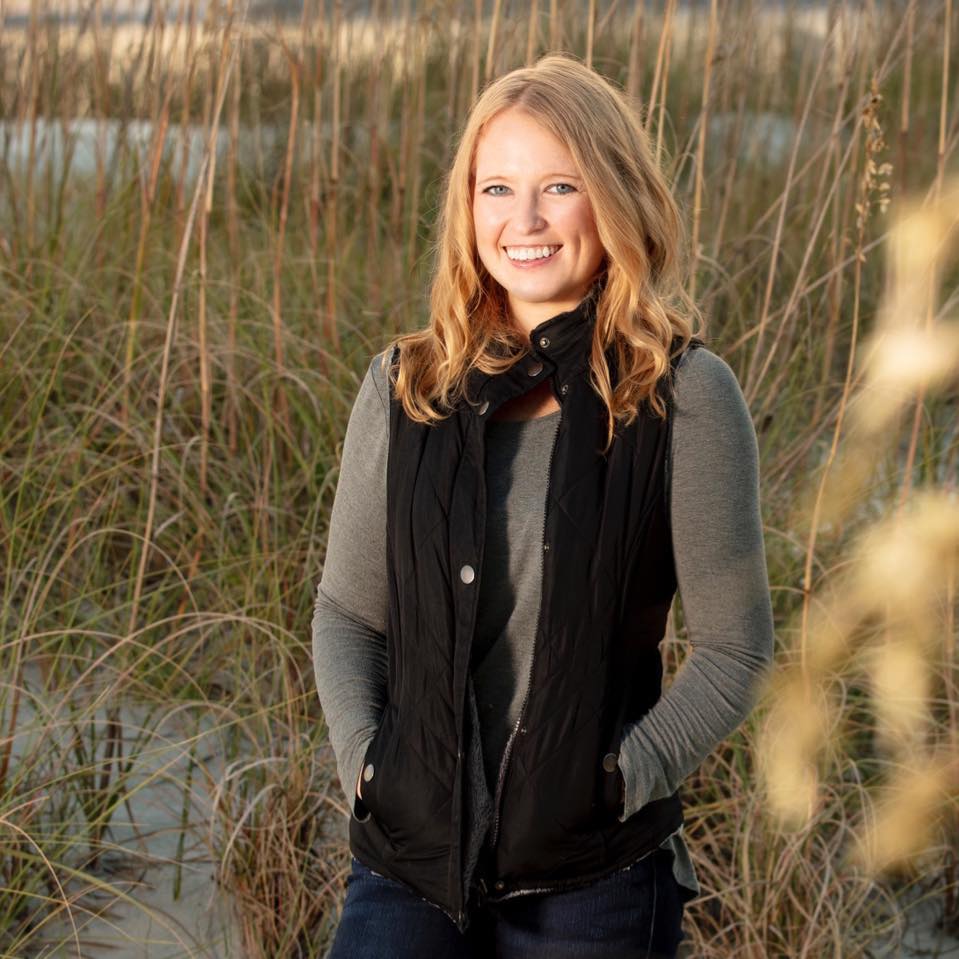A report released this week confirms what many have feared — remote learning is not working in South Carolina and students are falling even further behind in the COVID-19 pandemic.
South Carolina public education was not in a good position at the start of this pandemic — consistently ranking among the worst in the U.S — but a recent study, revealed during Monday’s Education Oversight Committee (EOP), showed that the COVID-19 pandemic made it much worse, especially for certain grade levels and subjects.
The report — which compiled data from test scores of 222,000 South Carolina students in grades 3-8 — projected that 70 percent of students who took Measure of Academic Progress (MAP) growth tests in the fall will not meet grade level standards in English/ language arts and math this year.

Keep in mind, these numbers were not great before the pandemic — but now between 10 and 16 percent fewer South Carolina elementary students in are expected to meet grade level standards by the end of the year, the report said.
Students have slipped the most in math compared to other subjects during the COVID-19 crisis. Around 75 percent of 7th and 8th graders won’t meet grade level standards for math this spring, the report said.
While remote learning didn’t seem to affect reading scores in South Carolina, the study projected that 7 out of 10 students will not be proficient in reading by the end of the year — which was just as bad last year.
“The pandemic has presented an unprecedented upheaval to the education of students in every corner of the state,” said Education Oversight Committee executive director Matthew Ferguson said. “While the disruption has provided many challenges and, in some instances, opportunities for innovation and creativity, we cannot ignore that many students have and will continue to experience learning loss. Student success – from cradle to career – must remain our collective goal.”
State Representative Neal Collins, EOC chair, wrote on Facebook that he was most worried about the South Carolina students who have been completely in the dark during remote learning.

“Most concerning (I’ve tried to get an answer for months) is that no one has any clue how many students we are not teaching,” he wrote on Facebook. “We currently have 13 of 79 school districts virtual only with the rest having some sort of virtual element. We have no clue how many students either have no device or have a device but no internet access. Each district is doing their own thing.”
Also concerning lawmakers — the study found that remote learning is hurting the already vulnerable student population, including those in poverty struggling to have internet access, special needs students, and young students.
To educators’ surprise, a lot of vulnerable students chose virtual school this year, the study said.
“Many vulnerable students are opting for virtual options while more
resourced students are opting for brick-and-mortar schooling,” the report said. “Many of those interviewed expressed surprise and concern about the profile of students opting into virtual-only education.”
The report contained several suggestions for improvement (below), which include implementing tutor services for at-risk students and prioritizing face-to-face learning as soon and as safely as possible.
Like South Carolina’s pre-pandemic education issues, money is not the problem here.
Before the pandemic, South Carolina taxpayers were paying a whopping $11.2 billion each year for its chronically failing public education system.
In December, the federal government approved an additional $900 million in CARES Act funding for the South Carolina Department of Education, the report said.
While SCDE will keep 10 percent of that money, public school districts will be given shares based off population and poverty rates.
The problem? Individual school boards will have “wide discretion in deciding how to spend their share of the funding from a list of possibilities aimed at reopening, and keeping open, schools for in-person learning,” the report said.
Wide discretion….
This is concerning in districts such as Richland County School District One, which spent $50,000 on Chick-fil-A in one year…
We will continue to keep a close eye on education funding in 2021. Stay tuned…


***
(VIA: GETTY IMAGES)

